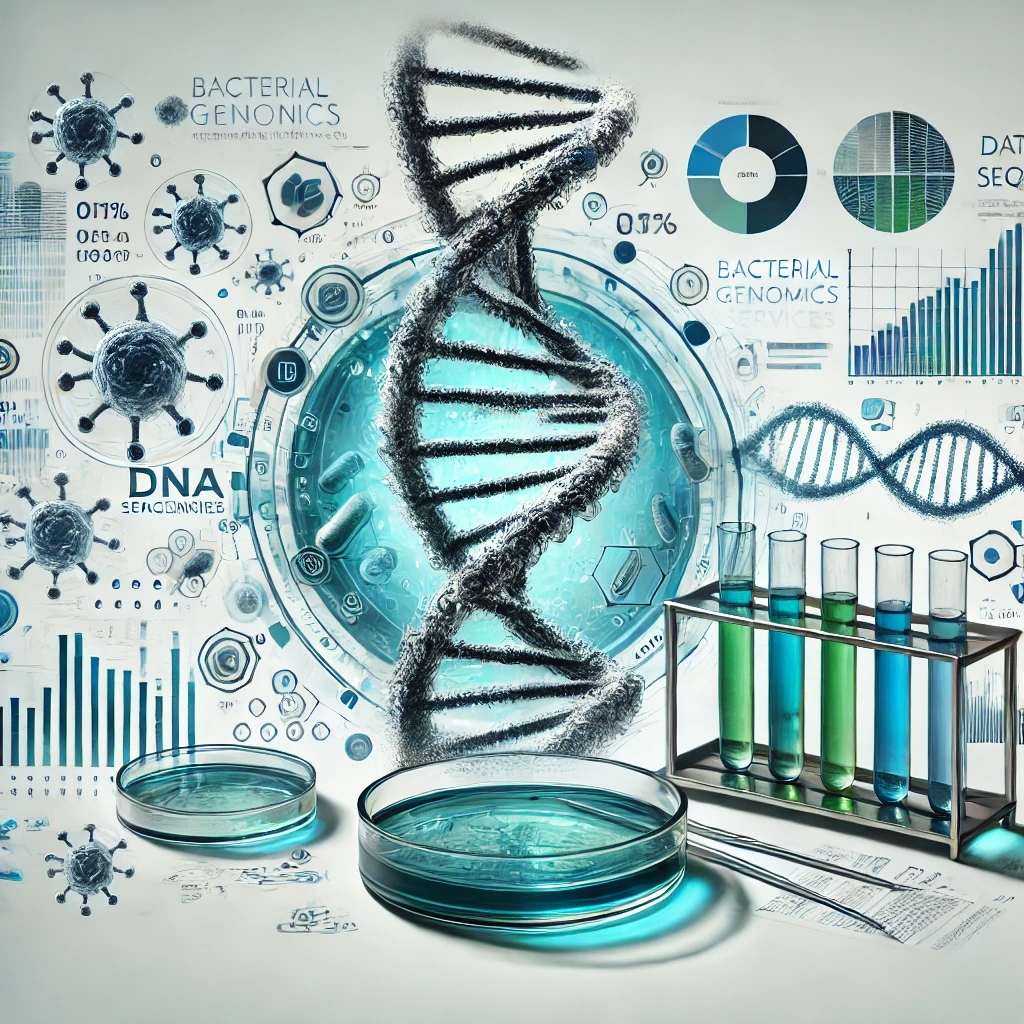BIOINFORMATICS with MR DNA
all time helpful people
Free Workshop
TBioinformatics in Metatranscriptomics Applications www.mrdnalab.com
Metatranscriptomics leverages bioinformatics to process, analyze, and interpret RNA sequencing data, unraveling the functional activities of microbial communities. Below is a breakdown of bioinformatics approaches and their significance in key applications:
1. Data Processing and Quality Control
Bioinformatics pipelines begin with preprocessing raw RNA-seq data, ensuring accuracy and reliability:
- Trimming and Filtering: Tools like Trimmomatic or Fastp remove low-quality reads, adapters, and contaminants.
- Host Genome Removal: For human or plant microbiomes, tools like Bowtie2 or BWA exclude host-derived RNA to focus on microbial transcripts.
- Error Correction: Software such as SPAdes ensures read accuracy before assembly or mapping.
2. Functional Annotation
Functional annotation links RNA sequences to metabolic pathways and biological functions:
- Gene Prediction: Using tools like Prodigal or MetaGeneMark, RNA reads are mapped to genes or assembled transcripts.
- Functional Databases: Databases like KEGG, COG, or MetaCyc help classify genes into pathways, revealing active microbial roles in:
- Bioremediation (e.g., pollutant degradation enzymes).
- Nutrient cycling (e.g., nitrogen fixation or phosphorus solubilization).
- GO Annotations: Gene Ontology (GO) terms assign biological functions, cellular components, and molecular processes.
3. Taxonomic Profiling
Identifying active species or strains within a sample is crucial:
- Taxonomic Assignment: Tools like Kraken2, MetaPhlAn, or Kaiju map RNA reads to microbial reference genomes, identifying active taxa.
- rRNA Analysis: Ribosomal RNA (e.g., 16S, 18S) is filtered and classified separately using databases like SILVA, Greengenes, or UNITE for fungi.
- Marker Gene Insights: Functional genes such as mcrA (methanogenesis) or amoA (ammonia oxidation) are specifically targeted to link activity to key microbial processes.
4. Differential Expression Analysis
Comparing expression levels across conditions or samples provides insights into microbial responses:
- Tools: DESeq2, EdgeR, and Limma analyze count data, identifying differentially expressed genes.
- Applications:
- Identifying stress response genes in polluted environments.
- Highlighting metabolic shifts in host-microbiome interactions.
- Tracking microbial gene activation in soil, water, or marine ecosystems.
5. Assembly and Functional Profiling
Assembly of RNA sequences is a critical step to reconstructing transcripts:
- De Novo Assembly: Tools like Trinity or Megahit assemble transcripts without a reference genome, crucial for diverse environmental samples.
- Reference-Based Assembly: For known microbial systems, tools like HISAT2 or STAR align reads to reference genomes.
- Pathway Reconstruction: Software like PathoScope or MetaPath maps transcripts to metabolic pathways, revealing active biochemical networks.
6. Multi-Omics Integration
Combining metatranscriptomics with other omics provides deeper insights:
- Metagenomics: Correlates functional RNA data with genetic potential.
- Metaproteomics: Validates active transcripts by identifying expressed proteins.
- Metabolomics: Links transcriptomic data to metabolites produced in microbial systems.
7. Statistical and Visualization Tools
Visualizing microbial activity and interactions:
- Co-Expression Networks: Tools like WGCNA or Cytoscape reveal gene co-expression relationships.
- Heatmaps and PCoA: Visualization tools highlight differential expression patterns or sample similarities.
Challenges and Advances
- High Complexity: Metatranscriptomic datasets require robust computational resources to handle their scale and diversity.
- Improved Databases: Expanding reference databases for rare or unculturable organisms enhances accuracy.
- Machine Learning: Emerging AI tools predict gene functions and microbial interactions from transcriptomic data, improving annotation efficiency.
Bioinformatics underpins the success of metatranscriptomics, translating raw RNA data into actionable insights across diverse applications, from healthcare to environmental management.
